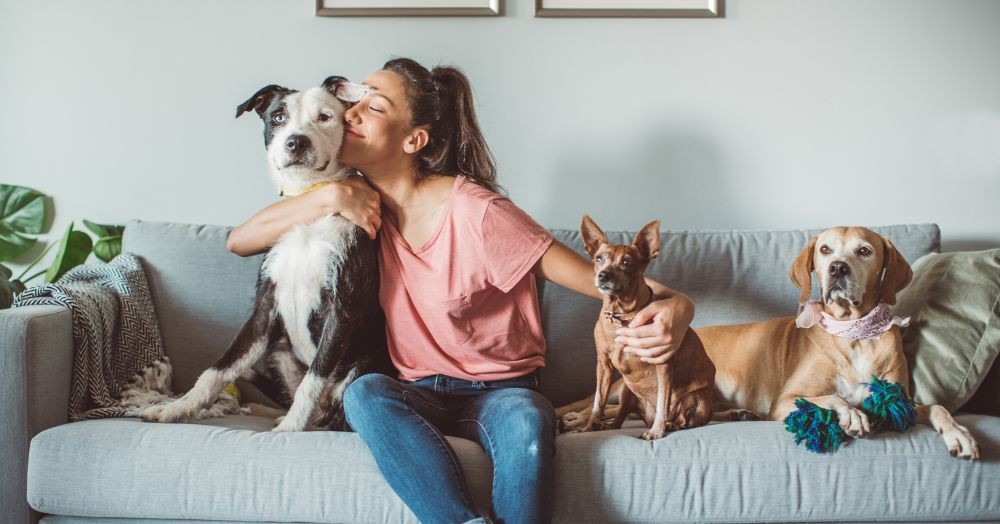
Are you a homeowner with pets and planning to sell your property?
We are a nation of pet lovers, cats, dogs, tortoises, whatever the pet. In fact, As of 2024, 60% (17.2 Million) of households in the UK have a pet. And, of course, your home is their home too. But what happens when you decide to sell your home? Should you arrange for your pet to temporarily move out? This is not practical and, really, not fair. After all, it is their home, too, right?
So, how can you make the most of selling your property, maximising the value and selling quickly whilst managing your pets?
Of course, there will likely be no problem if your viewers are also pet lovers. But not all potential purchasers will love your pets, which could harm your chances of selling for the top price.
So what should you do to sell your home when you have pets?
- Prepare for viewings - In an ideal world, you would not have your pets around for the viewings. Of course, if you have a house cat, you can't put them outside. But, if you have dogs, the best thing would be to arrange for them to be out of the way for the viewing appointments. Someone in the house can take the dogs for a short walk or, if the weather is not too hot, pop them into the car for the viewing. This will prevent the viewers from being distracted by saying hello to the pooch when they should be taking in the features of your home.
- Bowls and bedding - remove the food and water bowls and bedding from view. They are not a selling feature and will certainly not impress a buyer, whether they like dogs or not. Put them away into a cupboard for the viewing appointment or maybe even in the garage, shed or car. It is only temporary whilst the viewers are there, and as soon as they've gone, you can bring all of your pets and their accoutrement back into the home.
- Smells - Freshen up the property before the viewing appointment. As the famous Febreze advert correctly points out, we become 'nose-blind' and are used to the smells in our own homes. Opening the windows to freshen up the air in the property is essential before a viewing appointment. Perhaps some air fresheners or scented candles give a particular scent to the home. Studies show that vanilla is the most universally popular scent, but maybe you could even consider a floral option for spring? Or a fresh, clean scent like linen or relaxing lavender. There is no need to become the next Jo Malone, but a welcoming smell will make your home inviting to the viewers.
The last thing you want is a potential buyer saying they loved your house but didn't like the dogs or thought that there was a doggy smell, so they're not going to be making an offer. Particularly when, with some forward planning, you could alleviate those factors and have had a sale.
If you are considering selling your home, contact our team of property experts for an accurate valuation or advice about the best way to maximise the value.